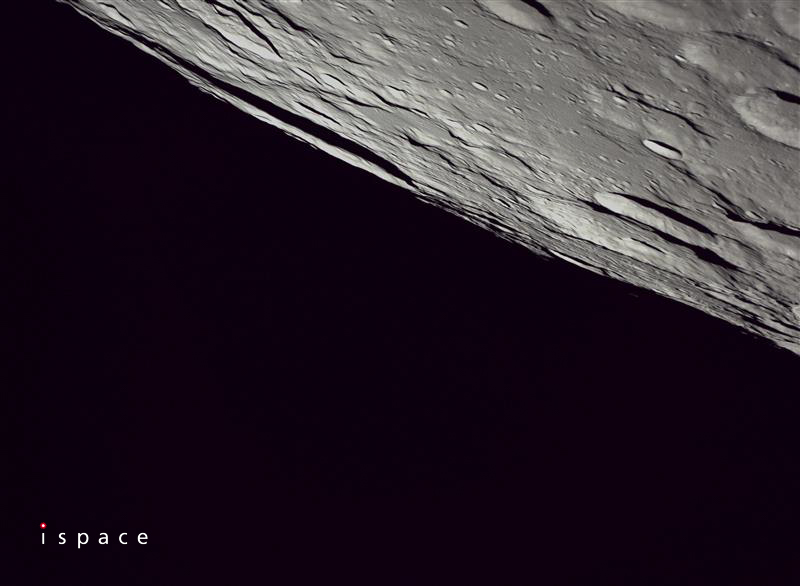ispace’s lunar landing attempt failed on Thursday afternoon, with its RESILIENCE spacecraft likely crashing into the Moon.
“This is the second time we were not able to land, so we have to take it very seriously,” CEO Takeshi Hakamada said at a press conference Thursday evening via a translator. “We’d like to utilize the results into Mission 3 and Mission 4, so for the future. That’s the most important part. My mind has not changed at all.”
Hakamada said operators were never able to establish communications with the lander. Officials said the lander failed to slow down enough for landing, likely crashing into the lunar surface, but the root problem is unclear. At this point, it’s unclear if its the same problem faced during the company’s first flight, which suffered a similar ending.
Despite the failed landing, ispace accomplished eight of 10 objectives during the mission, including launching and entering lunar orbit. The two goals left undone? Soft landing the spacecraft and deploying its TENACIOUS microrover, which was built at ispace’s office in Luxembourg.
Look back: ispace’s first lunar landing attempt also ended in failure in 2023. A software problem led the spacecraft to misread its altitude. It ran out of fuel before reaching the surface, ultimately crashing into the Moon.
The startup is the third commercial space company to attempt a lunar landing this year. Firefly nailed its landing in March; it took a quicker route to the Moon after launching alongside the ispace landing in January. Intuitive Machines also soft landed on the Moon; however, it ended up on its side.
Up next: The Japanese parent company will attempt another lunar mission in 2027. The American subsidiary is also getting ready for its Draper-led CLPS mission for NASA to the far side of the Moon that’s expected to also launch that year.
Closer to home: There’s work to be done outside the tech sphere as well. Redwire’s Mike Gold urged the US government to tackle the question of who should oversee private lunar missions as the pace of these flights picks up.
“Let’s make sure the policy doesn’t fall behind the technology, which we’re already in danger of,” Gold said at ispace’s DC event on Thursday.




